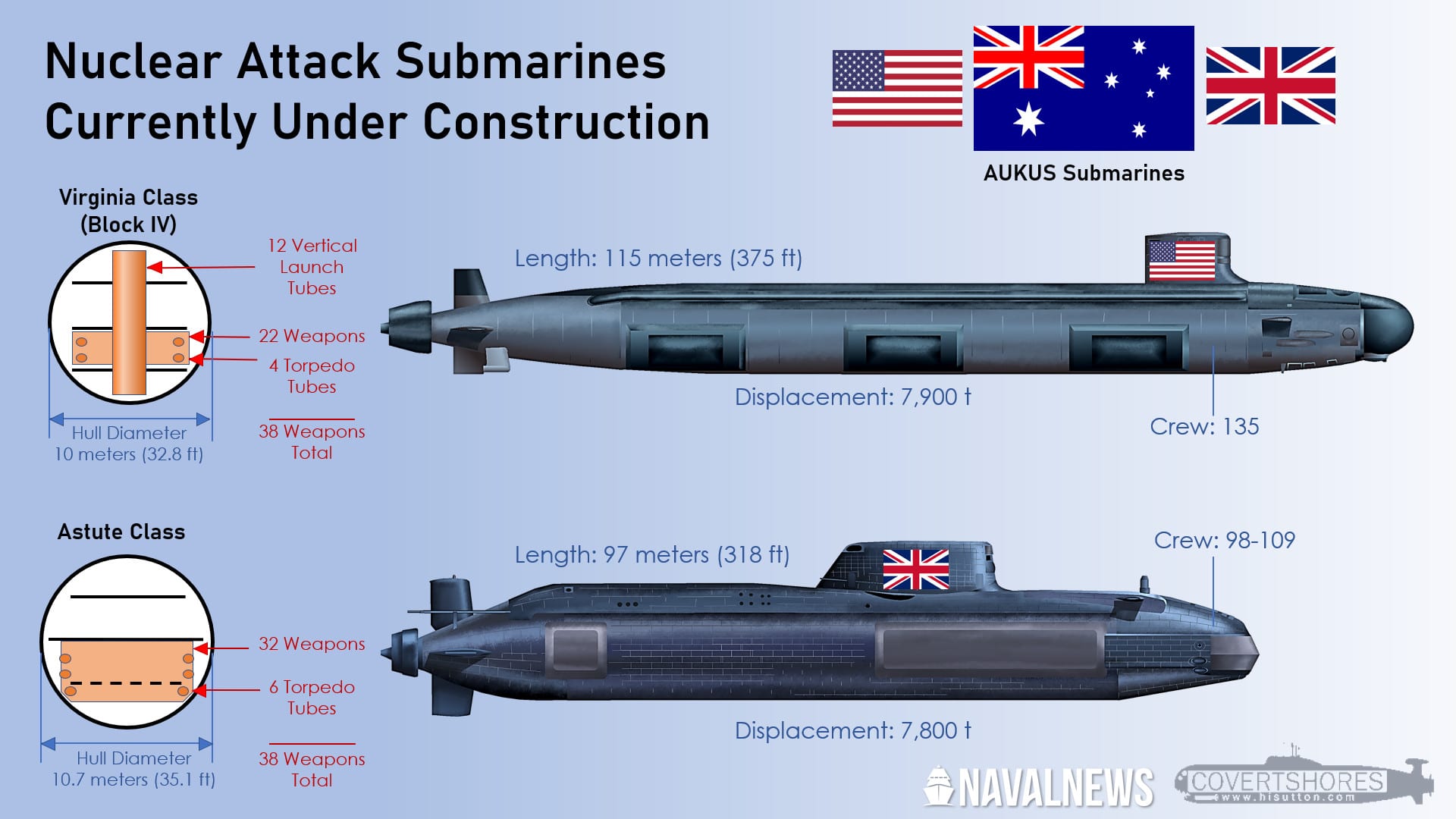This source might be better:
Open access peer-reviewed chapter

www.intechopen.com
This source cites the following about the S9G reactor (I bolded the key sections)
3.10. S9G high energy density core
The S9G is a PWR built by General Electric with increased energy density, and new plant components, including a new steam generator design featuring improved corrosion resistance and a reduced life cycle cost.This reactor in the Virginia Class SSN-774 submarines is designed to operate for 33 years without refueling and last the expected 30 year design life of a typical submarine.
It produces about 40,000 shaft horsepower, or about 30 MWth of power.
The higher power density decreases not only the size of the core,
but also enhances quiet operation through the elimination of bulky control and pumping equipment.It would be superior to any Russian design from the perspective of noise reduction capability, with 30 units planned to be built. The core for a contemplated New Attack Submarine is expected to last for the operational life of the ship.The design goals include eliminating the need for a refueling, will reduce life cycle costs, cut down the radiation exposure of shipyard staff, and lessen the amount of radioactive waste generated.This is possible because of many developments such as the use of advanced computers to perform three-dimensional nuclear, thermal, and structural calculations; further exploitation of a modified fuel process; and better understanding of various reactor technologies which permits more highly optimized designs.Performance improvements are gained through advances in such areas as thermal hydraulics and structural mechanics, and by optimizing reactor-to-systems interfaces.
The new reactor with increased energy density has new plant components, such as a new concept steam generator, with improved corrosion resistance and reduced life-cycle costs.The new steam generators allow greater plant design flexibility and decreased construction costs due to a smaller size, spatial orientation, and improved heat transfer efficiency which reduces coolant flow requirements.They alleviate the corrosion concerns encountered in existing designs of steam generators, while reducing component size and weight and providing greater flexibility in the overall arrangement.




